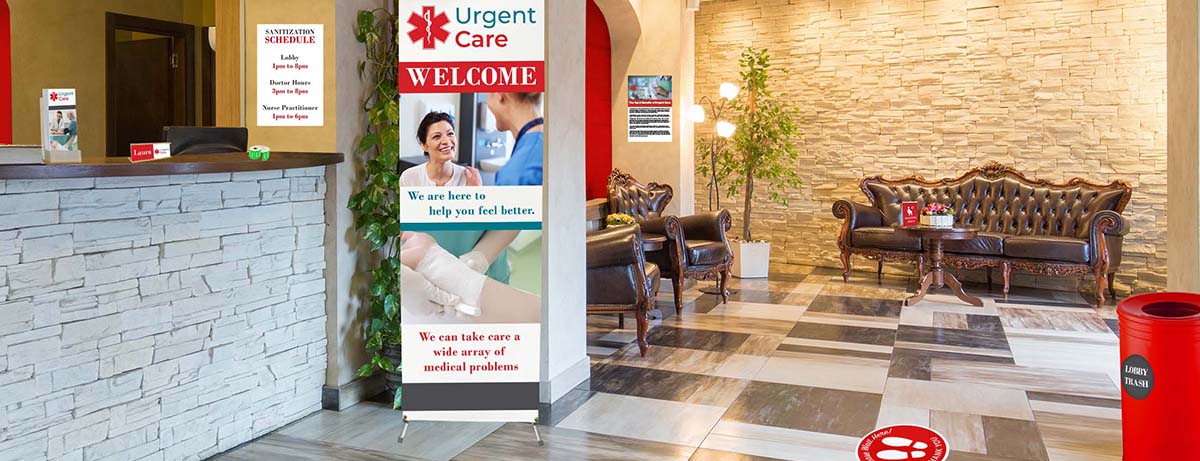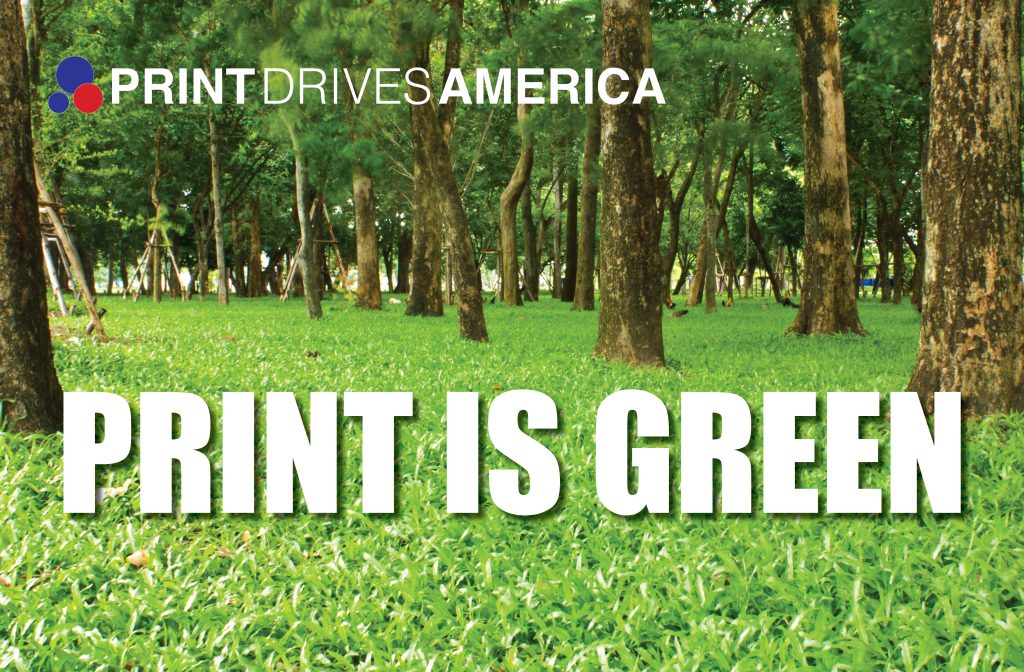
Nearly every industry and market that you serve either participates in, hosts, or attends tradeshows and events. Events are a beneficial way to grow sales because they combine exposure to a large number of potential leads with the ability to interact personally. Events offer big benefits to businesses of any size and keep brands relevant in their industry. Driving event success in order to net positive gains is key. Understanding the predominant needs of your clients when it comes to attending or hosting events will assist you in helping them achieve the greatest success. Read on to discover the major priorities of event planners, top print products essential for events, and what topics to cover in your conversations to increase engagement and boost your sales.
What takes precedence?
When it comes to event planning, creating a meaningful experience for attendees tops the list of major priorities. Pre-event communications, like direct mail, set the stage in building anticipation and informing attendees of necessary details. Once onsite, the overall aura of the event, both visually and experientially, should feel welcoming and beneficial to the attendee. Safety must be well-communicated, covering not just pathogens and personal space, but preparedness for physical safety too. Structuring an environment that focuses on the safety of attendees is paramount. Signage plays an important role in informing, directing, and building trust. Posters, banners, floor decals, and swag bags keep the momentum going. Following-up right after and continuing the conversation long past the event not only make the event more meaningful for attendees but also serve to build loyalty and brand recognition that pays off big time down the road.
Essential print products
Emphasizing the theme of the event and encouraging engagement throughout every aspect of it helps in developing new and cultivating existing relationships. Done right, events establish brands as industry thought-leaders and educate potential customers about the industry, products, or services. All of this requires printed materials, and the top print products for events include:
- Banners – welcome attendees, capture attention, and add visual appeal to the space
- Postcards – perfect for save-the-dates, promoting registrations and sending reminders and messages of thanks
- Floor Decals – apply step-by-step directions as well as clever branding concepts
- Portable Signage – interior and exterior signage like retractable banners, A-Frames, and magnets draw attention, provide direction and boost brand awareness
- Yard Signs – bring people in, create awareness and promote enthusiasm for the event
- Labels – a top way to identify and differentiate as well as build and communicate company brands
- Apparel – events aren’t events without wearables like t-shirts and polo shirts that not only promote brands but offer residual marketing goods that people appreciate
What you need to consider before your sales call
Both exhibiting at and hosting events are ideal strategies for building brand awareness, establishing a brand as major player in the industry, and launching new products and services. Having a solid game plan and creative ideas will help you better support your clients. Here are a few game-changers to consider:
- A strong visual presence separates a company from all the other booths at the event.
- A solid plan to engage those attending events virtually is a must. Send swag bags in advance to the virtual guests and provide their event materials in branded presentation folders.
- To attract quality leads, align marketing materials with the audience of each specific event, keeping the content relevant and personalized.
- During a trade show or event, you have approximately 10 – 15 minutes to “wow” attendees. Make their experience memorable with company branded brochures and product handouts.
- Start marketing at least sixty days prior to the event and integrate campaigns with social media to increase interest and create a buzz.
How to get started
To get rolling in the events space, there are a few things you can do right away:
- Consult your local Chamber of Commerce, schools, and Universities to learn of upcoming events. Talk to colleagues, event planners, current customers, and industry influencers to gain additional insight on what events might be on the horizon.
- Have a booth of your own. Participate in a show of an industry you serve. It’s a great way to gain exposure and acquire new clients.
- Compile a list. Begin inquiring about events with your current customer base during day-to-day interactions. Screen prospects for those likely to attend or host an event.
The takeaway
A well-planned event with cohesive, branded print materials that illuminate the theme will undoubtedly leave a lasting impression and foster enthusiasm for the next engagement. To help you make some traction in the Tradeshows & Events industry and grow your sales, we’ve compiled support materials like Tradeshow & Events marketing flyers, product images, Tradeshow & Events social toolkit, and valuable Tradeshow & Event Industry Dollop content that you can use to go to market today. Check it all out here.

















 Always here for you
Always here for you